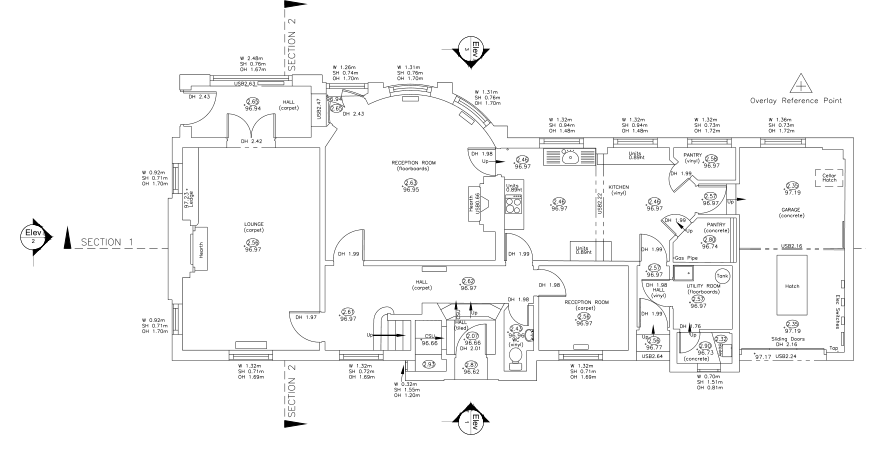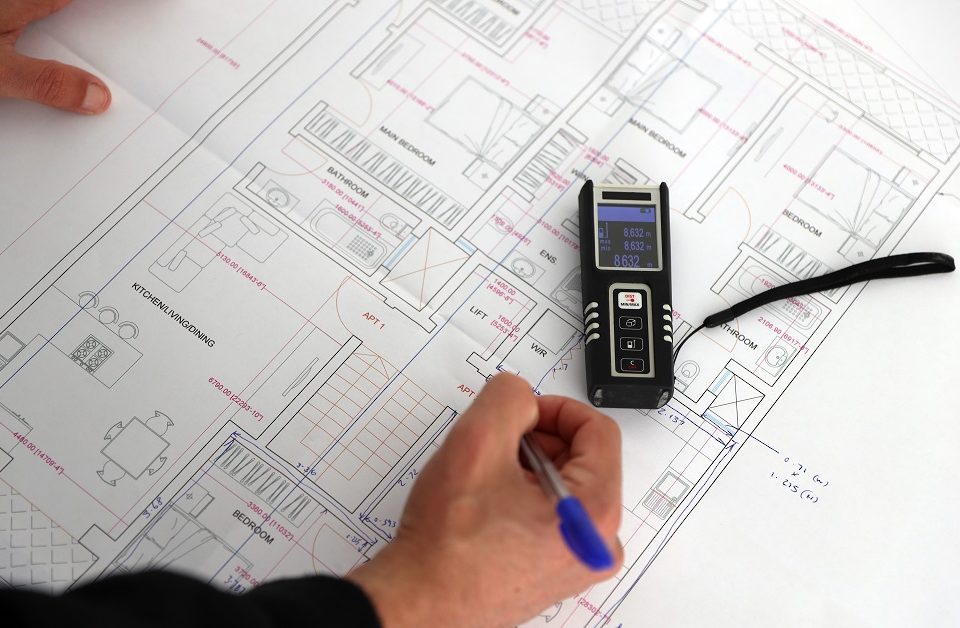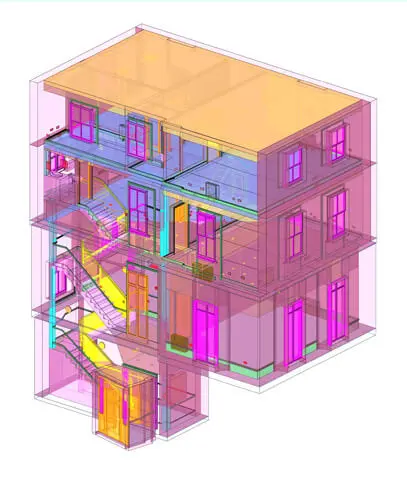In the world of architecture, construction, and real estate, precise measurements and data are paramount. From designing new structures to renovating existing ones, accurate information about a building’s dimensions and structural elements is essential. This is where measured building surveys come into play, offering a wealth of advantages when it comes to accuracy and efficiency. In this blog, we will explore the key advantages of using measured building surveys and how they play a crucial role in ensuring that architects, engineers, and construction professionals have the precise information they need for their projects.
What is a Measured Building Survey?
A measured building survey is a comprehensive process of capturing and recording detailed information about the dimensions, layout, and structural elements of a building. It employs various surveying techniques, such as laser scanning, total station, and 3D modeling, to gather precise data. The result is a detailed and accurate representation of a building’s interior and exterior, including walls, floors, ceilings, windows, doors, and any other architectural features.
Advantages of Measured Building Surveys
Precision and Accuracy:
One of the primary advantages of measured building surveys is the unparalleled precision and accuracy they offer. Traditional manual measurements can be prone to human error, resulting in inaccuracies that can have significant consequences in construction and design projects. Measured surveys, on the other hand, rely on advanced technology that ensures every detail is captured with incredible accuracy. This precision is invaluable for architects, engineers, and builders, as it forms the foundation for their work.
Time and Cost Efficiency:
Measured building surveys are highly efficient in terms of both time and cost. Traditional measurement methods can be time-consuming, requiring multiple site visits and manual data collection. In contrast, modern surveying techniques can capture a vast amount of data quickly and with minimal disruption to the site. This efficiency translates into cost savings, as it reduces labor costs and the need for extended project timelines.
Comprehensive Documentation:
Measured surveys generate comprehensive documentation that serves as a valuable reference throughout the project lifecycle. Architects can use this data to create accurate floor plans, elevations, and 3D models, streamlining the design process. Engineers can rely on precise measurements to plan structural modifications or upgrades with confidence. This comprehensive documentation also aids in project management and communication among stakeholders.
Risk Mitigation:
Accurate measurements obtained through measured building surveys help mitigate risks associated with design and construction. When the data is reliable, architects and engineers can make informed decisions and identify potential issues early in the project, reducing the likelihood of costly errors or delays down the line. This risk reduction is particularly crucial for projects involving historic buildings or complex structures.
Compatibility with BIM:
Building Information Modeling (BIM) has become a standard in the construction industry. Measured building survey data can seamlessly integrate with BIM software, allowing for enhanced visualization and collaboration. This integration facilitates better decision-making, clash detection, and project coordination, leading to improved project outcomes.
Legal Compliance:
In many cases, measured building surveys are essential for legal and regulatory compliance. Accurate measurements are required for planning applications, building permits, and adherence to zoning regulations. Failing to meet these requirements can lead to costly delays and legal issues. Measured surveys ensure that all necessary data is available to meet these obligations
Conclusion
Measured building surveys are an indispensable tool for architects, engineers, and construction professionals. Their ability to provide precise measurements and efficient data collection offers a multitude of advantages that extend throughout the entire project lifecycle. From accurate designs and cost savings to risk mitigation and legal compliance, the benefits of measured surveys are clear. As technology continues to advance, these surveys will become even more integral to the construction and real estate industries, further enhancing accuracy and efficiency in the built environment.





